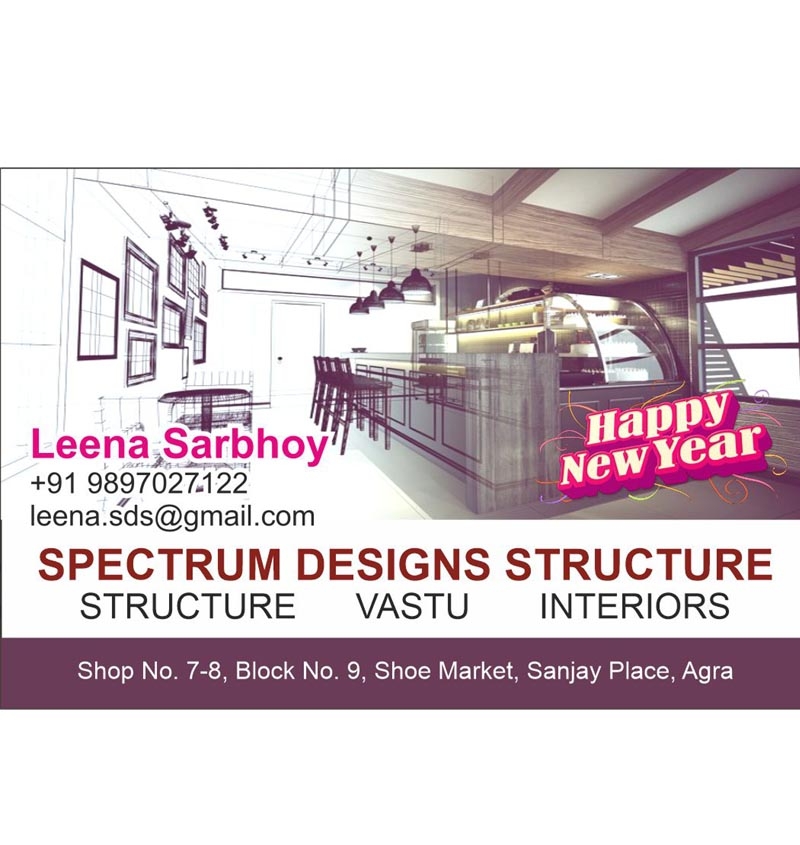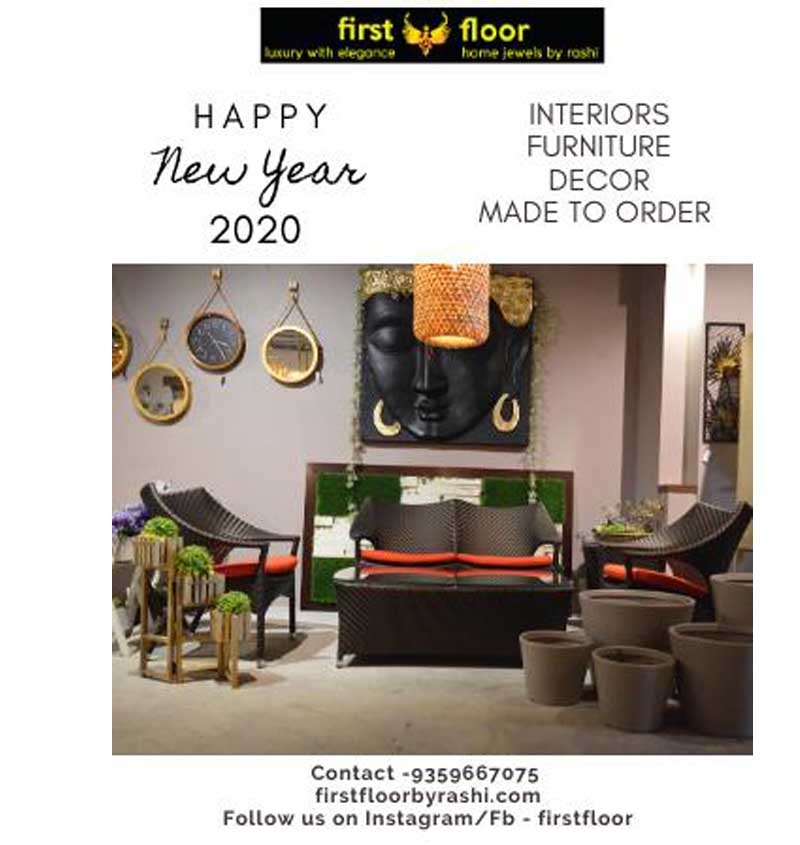What is Sustainable Interior Design?
Sustainable interior design focuses on creating environments that are not only aesthetically pleasing and functional but also environmentally responsible. It involves making thoughtful decisions about the materials, products, and systems used in the design and construction of spaces to reduce the negative environmental impact. This includes minimizing waste, conserving resources, reducing energy consumption, and using eco-friendly, non-toxic materials. Sustainable interior design aims to create spaces that are healthy for both the inhabitants and the planet.
Key Principles of Sustainable Interior Design
-
Use of Eco-Friendly Materials
One of the most important aspects of sustainable interior design is choosing materials that are environmentally friendly. Designers are increasingly turning to natural, renewable, and biodegradable materials such as bamboo, cork, and reclaimed wood. These materials not only have a smaller environmental footprint but also promote healthier indoor air quality. Avoiding materials that emit harmful chemicals, such as certain paints, adhesives, and finishes, is also key to ensuring a healthy living environment. -
Energy Efficiency
Energy efficiency is a central element in sustainable interior design. This includes incorporating energy-efficient lighting, appliances, and HVAC systems, as well as ensuring proper insulation to reduce the need for heating and cooling. LED lighting, smart thermostats, and energy-efficient windows can significantly lower energy consumption and reduce the carbon footprint of a space. The use of natural light, through strategically placed windows and skylights, can also minimize the need for artificial lighting during the day. -
Waste Reduction and Circular Design
Sustainable interior design also prioritizes reducing waste and embracing circular design principles. This involves reusing and repurposing materials wherever possible, and designing interiors that can be easily disassembled and recycled at the end of their life cycle. Reclaimed furniture, upcycled textiles, and second-hand items help reduce the demand for new resources and prevent items from ending up in landfills. Designers are also encouraging manufacturers to create products that are durable and have a longer lifespan, further reducing the frequency of replacements. -
Indoor Air Quality and Health
In a sustainable interior design, indoor air quality is a major consideration. Many traditional building materials and furniture contain volatile organic compounds (VOCs) that can release harmful toxins into the air. Sustainable designers opt for low-VOC or VOC-free materials, paints, finishes, and adhesives. Furthermore, they prioritize materials and furnishings that help improve indoor air quality, such as natural fibers and plants. The inclusion of plants in interior spaces not only enhances aesthetics but also helps purify the air and create a healthier environment. -
Water Conservation
Water conservation is another crucial aspect of sustainable interior design. Designers can incorporate water-saving features such as low-flow faucets, showerheads, and toilets, as well as appliances that use less water. Installing water-efficient irrigation systems for indoor plants and choosing drought-resistant plants for landscaping can also contribute to reducing water consumption in both residential and commercial spaces. -
Sourcing Locally
Sustainable interior design often emphasizes sourcing locally-made products, furniture, and materials. By choosing local suppliers, designers reduce the environmental impact associated with long-distance transportation and support local economies. This approach also ensures that the materials used are better suited to the local climate, which can improve energy efficiency in the long run.
Benefits of Sustainable Interior Design
-
Environmental Impact
The most obvious benefit of sustainable interior design is its positive impact on the environment. By using eco-friendly materials, reducing waste, and conserving energy, sustainable design helps reduce the carbon footprint of a building. This is especially important in a time when buildings are responsible for a large percentage of global energy consumption and greenhouse gas emissions. -
Health and Well-Being
Sustainable interior design creates spaces that promote the health and well-being of their occupants. Using non-toxic materials and improving air quality helps reduce the risk of respiratory problems and allergies. Additionally, incorporating natural elements like light and plants into the design can have a positive impact on mental health, fostering a sense of calm and connection with nature. -
Cost Savings
While some sustainable products may come with a higher initial cost, the long-term savings can be significant. Energy-efficient appliances, lighting, and insulation can reduce utility bills over time. Additionally, choosing durable materials and furniture means less frequent replacements, which helps save money in the long run. -
Increased Property Value
As sustainability becomes a higher priority for many consumers, homes and commercial spaces with eco-friendly features are becoming more desirable. Sustainable interior design can enhance a property’s value and appeal, making it a smart investment for both homeowners and developers. Buildings that meet sustainability certifications, such as LEED (Leadership in Energy and Environmental Design), often see higher market value and greater demand.
Challenges in Sustainable Interior Design
While the benefits are clear, there are also some challenges to implementing sustainable interior design. One of the biggest hurdles is the cost. Sustainable materials and products can sometimes be more expensive than conventional options, making it a barrier for those on tight budgets. Additionally, finding suppliers who offer high-quality sustainable products can be difficult, and some designers may face challenges in sourcing local, eco-friendly options.
Another challenge is that sustainable interior design is often still perceived as a niche market, with some individuals and businesses being slow to embrace the shift toward greener practices. However, with increasing awareness and the growing demand for sustainable options, this mindset is changing.
The Future of Sustainable Interior Design
The future of sustainable interior design looks promising, as technology and innovation continue to drive progress. Advances in materials science, energy-efficient systems, and smart technology will further enhance the possibilities for sustainable design. Additionally, as consumers become more conscious of environmental issues, the demand for sustainable interiors will only grow.
Designers will continue to push the boundaries of sustainability, developing new, creative ways to integrate eco-friendly solutions into spaces. From biophilic design principles that incorporate nature into interiors to the rise of zero-waste and upcycling practices, the future of sustainable interior design is bright, and it holds the promise of creating beautiful, functional, and environmentally responsible spaces.
Conclusion
Sustainability in interior design is no longer a trend; it is a necessity. With the increasing awareness of environmental and health issues, both designers and consumers are turning to sustainable practices to create spaces that minimize harm to the planet and improve well-being. By choosing eco-friendly materials, conserving energy, reducing waste, and prioritizing health, sustainable interior design is reshaping the way we think about our spaces. As technology evolves and sustainability becomes more ingrained in the design process, the interior design industry will continue to contribute to a healthier, more sustainable future for all.



















Your Message